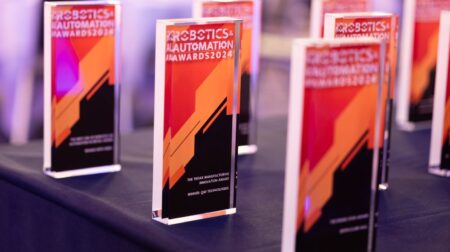Extend Robotics has demonstrated the potential use of robotics in space via a feasibility study that utilised its virtual reality (VR) technology.
The British company partnered with the Space Technology for Autonomous and Robotic systems Laboratory (STAR Lab) at the University of Surrey in an experimental project funded by the UK Space Agency (UKSA), to show how human-assisted robotic docking could work.
Prof. Yang Gao, founding head of STAR Lab at the University of Surrey, said: “It is a pleasure to support this UKSA project and collaborate with Extend Robotics to help validate its VR technologies appliable in future space mission scenarios.”
The increasing commercialisation of space and growth of space infrastructure within Low Earth Orbit has seen docking become a relatively common occurrence.
For example, the International Space Station uses multiple robotic arms for missions involving in-orbit servicing, such as refuelling or repairing of space craft and satellites.
However, this approach can reportedly lack reliability and the flexibility to respond to complex situations in the real world, according to Extend.
“We believe that people tele-operating robotics remotely is the best way to mitigate risks and prevent potential mission failures,” the company wrote in a post on it website. “Our aim is to also reduce hardware and training costs and improve efficiency.”
Two robotic arms were used in the space docking experiment, which took place at the Star Lab Orbital Robotics Testbed Facility within the University of Surrey. Each was fitted with a Sirom adapter – a standardised, multi-functional docking mechanism.
An untrained operator then controlled the robotic docking arm using a VR interface provided by Extend Robotics, enabling them to see the environment in full 3D, while using grab and pull gestures to control the robot end effector naturally.
Both robotic arms were tracked using motion capture to measure the accuracy of their movements, with the experiment repeated 12 times with a range of variables.
The results included a docking success rate of 95% and an average time of just 44 seconds to complete the manoeuvre. The average docking error was 1.9mm.
Dr Chang Liu, founder and CEO of Extend Robotics, said: “This experiment demonstrates the immense potential of this technology.
“At Extend Robotics, we believe VR teleoperation will one day enable complex structures to be assembled in space through human-robotic collaboration. We’re here to provide the next generation of human-robotic interfaces.”







